Joseph Szigeti - Truth And Elegance (2011) [10CD Box Set]
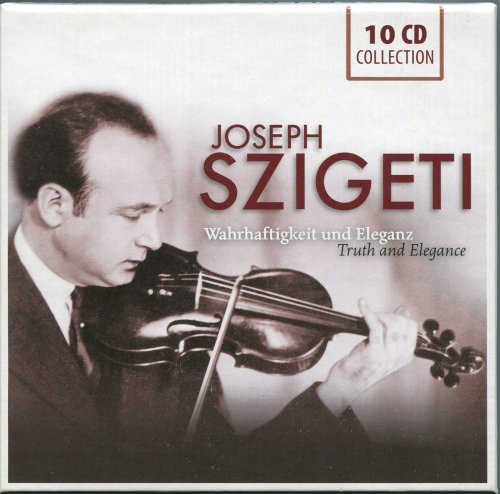
Artist: Joseph Szigeti
Title: Truth And Elegance
Year Of Release: 2011
Label: Membran
Genre: Classical
Quality: FLAC (*image + .cue, log)
Total Time: 08:32:52
Total Size: 1,9 GB (+3%rec.)
WebSite: Album Preview
JOSEPH SZIGETI Title: Truth And Elegance
Year Of Release: 2011
Label: Membran
Genre: Classical
Quality: FLAC (*image + .cue, log)
Total Time: 08:32:52
Total Size: 1,9 GB (+3%rec.)
WebSite: Album Preview
(1892 - 1973)
‘The Scholarly Virtuoso’ was born Joseph ‘Jóska’ Singer to a Jewish family in Budapest, becoming ‘Szigeti’ when, following his mother’s death when he was three, he lived with his grandparents in Máramaros-Sziget. Here he was surrounded by music, the town band being almost entirely comprised of his uncles, one of whom started him on the violin when he was six.
Like compatriots Vecsey, Telmányi, d’Arányi, Végh and Geyer, Szigeti was taught in the Hungarian tradition by Joachim’s former pupil Jenő Hubay, already one of the pre-eminent teachers in Europe. In 1905 Hubay took him to play for Joachim in Berlin but Szigeti declined to take tuition from the aged master.
A Berlin debut in 1905 was followed by his first tour of England, where he premiered the first work dedicated to him, Hamilton Harty’s Violin Concerto. He also toured with Nellie Melba, Ferruccio Busoni and others, the latter becoming his mentor and prompting him to develop the intellectual approach that earned him his nickname.
Following a bout of tuberculosis, during which he was reacquainted with Bartók who was at the same sanatorium recovering from pneumonia, Szigeti succeeded Marteau as Professor of Violin at the Geneva Conservatoire in 1917. Although he was often frustrated by the mediocrity of the students, the environment enabled him to deepen his own understanding of performance as an art.
In 1925 Szigeti was invited by Leopold Stokowski to make his American debut with the Philadelphia Orchestra. He was disappointed, however, by the repertoire popular in American concert halls at the time: showy salon pieces which he considered somewhat juvenile. He often quoted one impresario as saying: ‘Well, let me tell you, Mister Dzigedy – and I know what I’m talking about – your Krewtzer Sonata bores the pants off my audiences!’
A strong advocate of new music who consciously cultivated working relationships with composers, Szigeti enjoyed the ‘living’ aspect of preparing and interpreting fresh works and extended this ethos to older repertoire. Amongst notable pieces written for him are Bloch’s Violin Concerto and Ysaÿe’s Solo Sonata No. 1; also Bartók’s Rhapsody No. 1 and Contrasts (the latter commissioned by Szigeti himself with Benny Goodman). Aside from modern interests he was an ardent admirer of Bach’s solo partitas and sonatas, considering them ‘the core of a violinist’s life’.
Szigeti recorded extensively from the 1930s to 1950s when arthritis began to affect his playing, although this did not stop audiences flocking to hear him. When he retired from performing and returned to Switzerland in 1960 he continued to teach and travelled regularly to judge violin competitions, perhaps with the hope of redeeming what he considered a badly flawed system of promoting or rejecting young artists. In Szigeti on the Violin he poured contempt on the whole phenomenon, writing: ‘[…] this gamble on the unforeseeable chances at competition is incompatible with the slow maturing either of the performing personality or of the repertoire […] which only contact with the public, its resonance, its rejections, can bring about.’
Sampling Szigeti’s discography is difficult as so many recordings are historically significant: the 1939 recording of Bloch’s Concerto in A minor, written for him, with Charles Munch and the Paris Conservatoire Orchestra; the fascinating 1940 Library of Congress recording of the Beethoven, Debussy and Bartók sonatas with Bartók at the piano. Others are seminal in terms of repertoire, such as his 1946 complete unaccompanied Bach. This is, therefore, but a limited cross-section.
From Baroque repertoire, mention should be made of the classic 1937 recording of Bach’s Double Concerto with Carl Flesch. Often linked to the slightly earlier Menuhin/Enescu pairing, this seems now a very dated understanding of the work but one that nevertheless epitomises pre-war interpretations. Of the Classical period, an aristocratic reading of Mozart’s Concerto No. 4 with Thomas Beecham and the London Symphony Orchestra displays Szigeti’s fine crafting (and Beecham’s prowess as a Mozartian). The slow movement is especially insightful, notwithstanding a characteristically diffuse, Hubayesque G-string vibrato. Equally considered is his 1932 recording of Beethoven’s Violin Concerto under Bruno Walter, although his entire Beethoven sonata cycle recorded with Claudio Arrau at the Library of Congress in 1944 should perhaps receive pride of place, evidencing as it does a very lively and colourful set of readings, notably in the vibrant and assertive Op. 12 No. 1.
In nineteenth-century works Szigeti shows himself to be, spiritually at least, an heir to the Joachim tradition (even though his prominent vibrato would doubtless have received Joachim’s censure). Thus we find a distinguished performance of Mendelssohn’s Violin Concerto under Beecham (1933) and an interesting 1928 version of Brahms’s Concerto with the Hallé Orchestra under one of its greatest conductors, Hamilton Harty. Szigeti’s straightforward and, in many ways, modern account of the Brahms testifies to his thoughtfulness and is one of the earliest complete recordings of this work: it was yet to become fully established in repertoire and Marie Soldat- Röger, who gave the Vienna premiere in Brahms’s presence, was still an active exponent of it. Harty provides a colourful orchestral backdrop, enlivened by prominent string portamenti and a volatile approach to tempo.
Twentieth-century repertoire is well represented including the first recording (in 1935) of Prokofiev’s Concerto in D in which Szigeti’s rich romantic tone softens the edges of an occasionally austere work. Szigeti’s important discs made with Bartók in the US include the famous 1940 recording of Contrasts with Benny Goodman. This is a highly successful partnership in which Goodman’s elasticity complements Bartók’s rhythmic accents, both being offset by Szigeti’s deep, haunting and authentically Hungarian violin tone. Szigeti also recorded Ives’s Sonata No. 4 (which he had premiered) with Andor Foldes in 1942, although this is rather less convincing with a thick tone and out-of-tune piano.
Stylistically, Szigeti’s playing retains the heritage of an earlier Hungarian style and it is notable how Hubay’s slow and persistent vibrato is present. In spite of Szigeti’s reputation as a scholarly player, there is little variation in approach between works of different styles, save perhaps for a reticence with romantic gestures in earlier works. More enduring, though, is the extraordinary level of involvement his playing arouses in the listener.
Tracks:
CD 1 :
Johann Sebastian Bach (1685-1750)
Violin Sonata No. 3 in C major BWV 1005
Violin Concerto in G minor (arr. BWV 1056)
Columbia Symphony Orchestra, George Szell
Georg Friedrich Händel (1685-1759)
Violin Sonata No. 4 in D major op. 1,13
Carlo Bussotti - piano
CD 2 :
Johann Sebastian Bach (1685-1750)
Brandenburg Concerto No. 5 in D major BWV 1050
Eugene Istomin - piano, John Wummer - flute
Prades Festival Orchestra. Pablo Casals
Violin Concerto in D minor (arr. BWV 1052)
New Friends of Music Orchestra, Fritz Stiedry
CD 3 :
Wolfgang Amadeus Mozart (1756-1791)
Violin Concerto No. 4 in D major KV 218
London Philharmonic Orchestra, Thomas Beecham
Violin Sonata in B-flat major KV 454
Mieczyslaw Horszowski - piano
Violin Sonata in E minor KV 304 (300c)
Nikita Magaloff - piano
CD 4 :
Giuseppe Tartini (1692-1770)
Violin Concerto in D minor
Columbia Symphony Orchestra, George Szell
Violin Sonata in G major op. 2,12
Carlo Bussotti - piano
Wolfgang Amadeus Mozart (1756-1791)
Sonata No. 33 in B-flat major KV 481
Artur Schnabel - piano
Divertimento No. 15 in B-flat major KV 287
Orchestra, Max Gobermann
CD 5 :
Ludwig van Beethoven (1770-1827)
Violin Concerto in D major op. 61
New York Philharmonic Orchestra, Bruno Walter
CD 6 :
Johannes Brahms (1833-1897)
Violin Sonata No. 1 in G major op. 78
Mieczyslaw Horszowski - piano
Piano Trio No. 2 in C major op. 87
Dame Myra Hess - piano, Pablo Casals - cello
CD 7 :
Johannes Brahms (1833-1897)
Piano Quartet No. 3 in C minor op. 60
Dame Myra Hess - piano, Milton Katims - viola, Paul Tortelier - cello
Igor Stravinsky (1882-1971)
Duo Concertante for Violin and Piano
Igor Stravinsky - piano
CD 8 :
Ernst Bloch (1880-1959)
Violin Concerto in A minor
Orchestre de la Société des Concerts du Conservatoire de Paris, Charles Munch
Nigun (Baal Shem - Three Pictures Of Chassidic Life)
Kurt Ruhrseitz - piano
CD 9 :
Ferruccio Busoni (1866-1924)
Violin Sonata No. 2 in A minor op. 36a
Clara Haskil - piano
Sergei Prokofiev (1891-1953)
Violin Sonata in D major op. 94
Leonid Hambro - piano
CD 10 :
Sergei Prokofiev (1891-1953)
Violin Concerto No. 1 in D major op. 19
London Philharmonic Orchestra, Thomas Beecham
Béla Bartók (1881-1945)
Contrasts for Violin, Clarinet and Piano
Benny Goodman - clarinet, Béla Bartók - piano
Portrait for Violin and Orchestra No. 1 op. 5 ”Un Ideal“
Philharmonia Orchestra London, Constant Lambert
![Joseph Szigeti - Truth And Elegance (2011) [10CD Box Set]](https://www.dibpic.com/uploads/posts/2021-11/1636961411_back.jpg)
![Murmurosi - Svitanok (2025) [Hi-Res] Murmurosi - Svitanok (2025) [Hi-Res]](https://img.israbox.com/img/2025-12/25/1tsrji7qrpb85qha0oar89rw8.jpg)
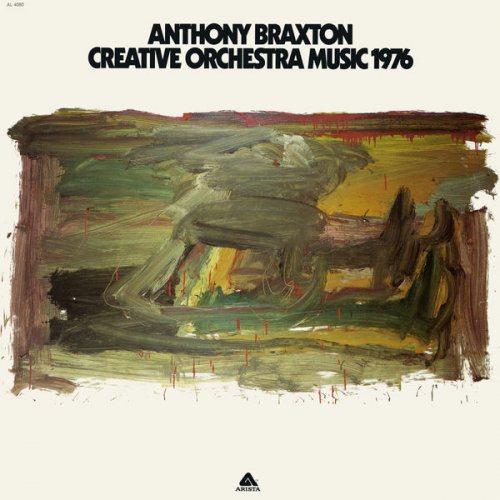
![Mick Rossi - Songs from the Broken Land (2024) [Hi-Res] Mick Rossi - Songs from the Broken Land (2024) [Hi-Res]](https://www.dibpic.com/uploads/posts/2025-12/1766399499_592x592.jpg)
![Don Cherry, Dewey Redman, Charlie Haden & Ed Blackwell - Old And New Dreams (1979/2025) [Hi-Res] Don Cherry, Dewey Redman, Charlie Haden & Ed Blackwell - Old And New Dreams (1979/2025) [Hi-Res]](https://www.dibpic.com/uploads/posts/2025-12/1766322079_cover.jpg)
![Alma Micic - You're My Thrill (2024) [Hi-Res] Alma Micic - You're My Thrill (2024) [Hi-Res]](https://www.dibpic.com/uploads/posts/2025-12/1766493943_amyt500.jpg)
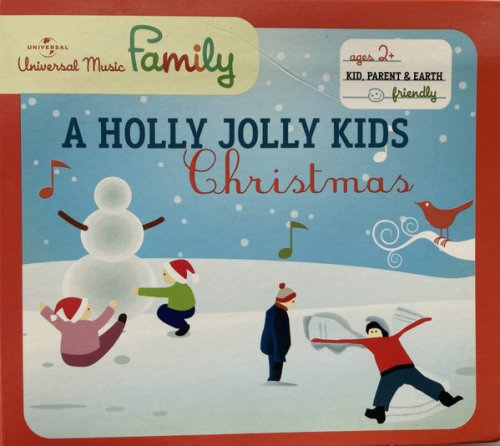
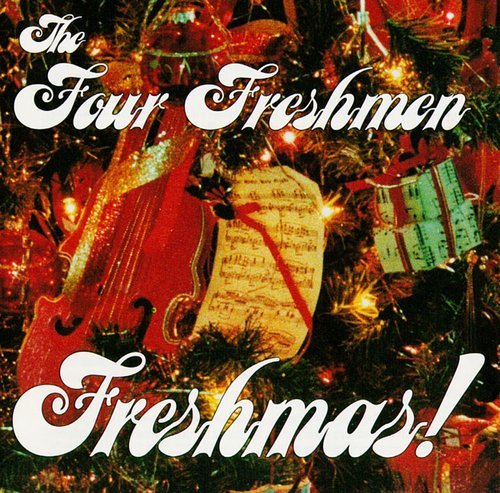
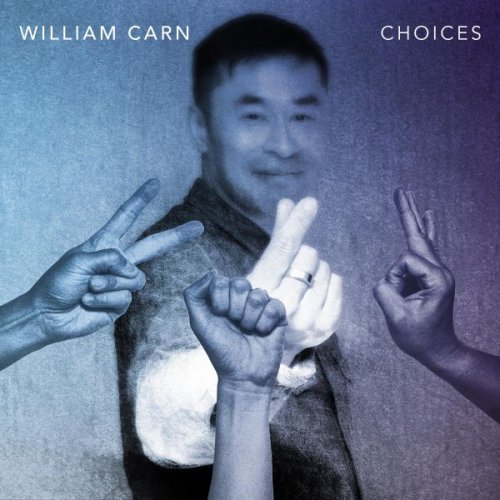
![Reggie Watts - Reggie Sings: Your Favorite Christmas Classics, Volume 2 (2025) [Hi-Res] Reggie Watts - Reggie Sings: Your Favorite Christmas Classics, Volume 2 (2025) [Hi-Res]](https://img.israbox.com/img/2025-12/21/cn1c8l2hi7zp9j05a5u7nw49g.jpg)